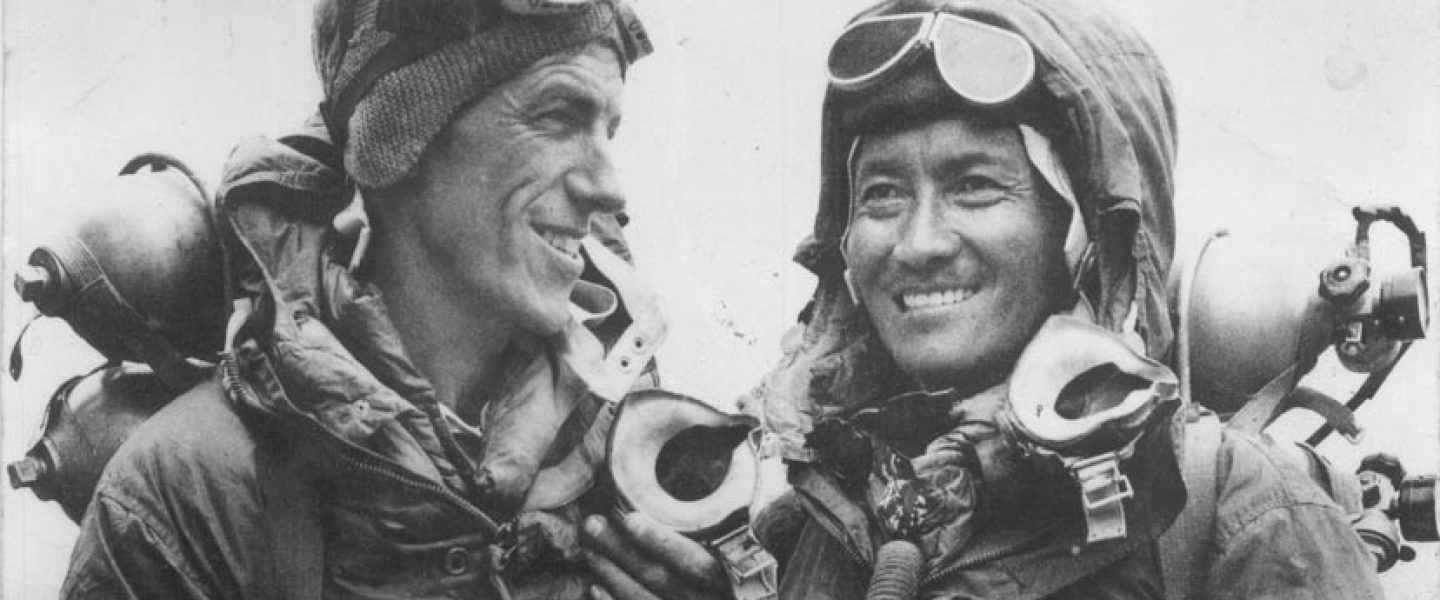Tenzing Norgay, born in 1914 in the Khumbu region near Mount Everest, is one of the most iconic figures in mountaineering history. Best known for his role in the first successful ascent of Mount Everest alongside Sir Edmund Hillary on May 29, 1953, Norgay’s achievement symbolizes human perseverance, skill, and collaboration.
Early Life and Dreams
Tenzing grew up in a Sherpa family, deeply connected to the mountains. From an early age, he dreamed of standing atop Everest, a peak revered by locals as “Chomolungma.” His passion led him to Kathmandu, and he eventually became a sought-after high-altitude porter, a role that connected him to mountaineering expeditions and international climbers.
The Ascent of Everest
The historic 1953 Everest expedition, led by John Hunt, was meticulously planned. Tenzing, with his invaluable experience, was chosen as one of the lead climbers. On the fateful day of May 29, 1953, Tenzing and Hillary made history by becoming the first climbers to reach Everest’s summit, a feat that brought global attention to their bravery and teamwork.
Tenzing’s joyful gesture of planting the flags of the UK, Nepal, the United Nations, and India on the summit remains a symbol of international unity and triumph. Though Norgay never sought personal glory, the world hailed him as a hero, and his legacy transcended national boundaries.
Life After Everest
Following his Everest ascent, Tenzing became a global figure, advocating for the rights and welfare of Sherpa communities. He founded the Himalayan Mountaineering Institute in Darjeeling to train future generations of climbers. His life story reflects a deep commitment not only to adventure but also to the upliftment of his people.
Legacy
Tenzing Norgay’s journey from a humble Sherpa village to the top of the world is a testament to human spirit and determination. His partnership with Edmund Hillary showed that true success is built on trust, mutual respect, and shared dreams. Today, his name remains synonymous with courage and the essence of exploration.



